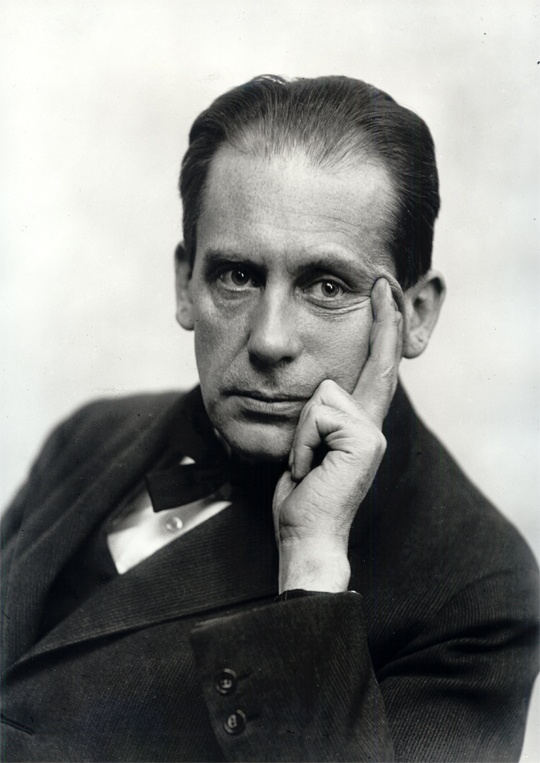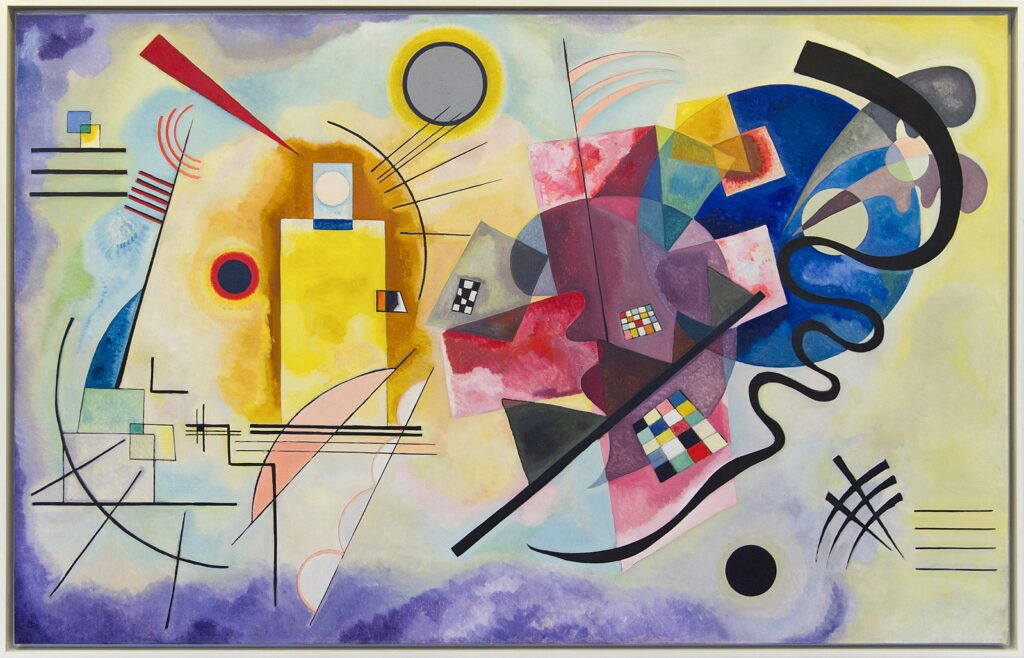When World War I ended, all in Germany seemed lost. Their country was in ruins and they owed massive reparations per the Treaty of Versailles for their role in the war.
However, that didn’t stop them from re-vitalizing one of the greatest art institutions in the world.
In 1919, architect Walter Gropius rechristened the Bauhaus State School in Weimar, Germany. It combined the Weimar School of Applied Arts with the neighboring Academy of Fine Arts and forming a single unified institution.
The school flourished for 15 years, helping students craft their skills early on in sculpting, painting, and designing. Over the years, it became an all-around art gem, teaching all kinds of different avenues in art and design.
While it became one of Europe’s most famous art institutions, it didn’t come without its problems. The school was forced to relocate twice. Once to Dessau in 1932 and then Berlin in 1932.
Eventually, political distress in the country led to its demise in 1933 when the Nazis took majority control in Germany. They forced Bauhaus to close.
Still, while in existence, it had incredible influences on future architectural designs and artistry, making it one of the more successful runs of any institution in history.

The Early Years
The inspiration for Walter Gropius’ school came from architect Frank Lloyd Wright and designer William Morris. In 1919, the powers that be wanted to bring artists and creative designers together for a single utopian purpose.
Unlike most art schools which had separate centers for architecture, theater design, painting, drawing, woodworking, furniture-making, typography, and more, Gropius decided to unify all the arts into one school–Bauhaus.
Gropius’ utopian vision included his creation of a craft-based curriculum. He wanted it to be led by Europe’s most skilled artisans and designers that would create beautiful objects in the new system of living.
All students were required to take a preliminary course taught by visual artists. It engaged the students in the study of materials, color theories, and formal relationships in preparing for deeper and more specialized studies.

After completing the preliminary classes, students could branch off into different trades in architecture work. They branches focused on rigid angles of glass, masonry and steel, and creating distinct patterns in buildings that no one else had thought of before.
Other specialty trade classes included pottery, weaving, typography, wall painting, and cabinet-making, which was the most popular workshop at the school.
These aesthetic works which favored function and mass production were influential in the worldwide re-design of common buildings. They did not show any distinction of any class structure or hierarchy.
Gropius was the main architect behind the re-design of the Bauahus State School and the neighboring buildings. He also eventually headed the move to Dessau in 1925 and was part of the new building’s design.
The features in Gropius’ latest masterpiece included hallmarks of modernist architecture, which included a glass curtain wall and steel-frame construction.
Most Influential Teachers
One of the most influential teachers at the school was Wassily Kandinsky, who started his teaching in 1922. Kandinsky turned his back on representational art and used more spiritual qualities focusing on color and form.
His work also focused on abstract shapes and lines, which was most evident in his famous 1923 painting Composition VIII. He would stay at Bauahus until it closed in 1933.

Paul Klee was another influential figure. One of the first faculty to join in 1920, Klee brought with him a more geometric and scientific approach to abstract painting.
One of his most famous paintings was completed at the school in 1922, Dance, Monster, To My Soft Song! Klee’s health deteriorated and left Bauhaus in 1931, passing away nine years later.
Lazlo Moholy-Nagy came to Bauhaus in 1923, focusing on photography. Even though he was a metalworker and helped at the school in that department, as well as creating geometric paintings, his influence on darkroom experimentation will never be forgotten.
Moholy-Nagy employed photograms and exploring light to produce abstract elements through distortion, shadow, and skewed lines. He created several famous sculptures and motion machines such as “light modulators.”
Joseph Albers’ glass pictures in 1928 at Bauhaus was one of the most genius creations at the school. Albers utilized unique glass fragments by sandblasting the glass, painting it in thin layers, and creating a glowing surface by baking it in a kiln.
His most famous work that year was his glass painting City. Albers was also influential in teaching furniture design, drawing, and lettering, while his wife, Annie, studied weaving.
The End of Bauhaus
Swiss architect Mies van der Rohe ended up taking over Gropius’ position in 1928, but it was a troubled tenure.
The student-teacher ratio was growing out of control. The school began admitting Communist students who clashed with anti-communist faculty members.
When the National Socialist Party (also known as the Nazis) began growing in popularity, they became more of a hindrance to Bauhaus. They interfered with important experimental work that the school was trying to conduct.
Van der Rohe moved the school into an empty telephone factory in Berlin in 1932 and declared Bauhaus a private institution. However, the Nazis continued to harass Bauahus even with the move.
The Nazis weren’t pleased with communist sympathizers being part of the school. They made demands that Bauhaus hired Nazi supporters as part of their faculty to appease the party.
When the Nazis took majority power in 1933 and Adolf Hitler became chancellor, the party made demands that Bauhaus cooperate. When the faculty voted to not comply, the Nazi Party retaliated by closing the school down.
Seeing the writing on the wall with what was to come, several faculty members fled to the U.S. to escape what they saw as an upcoming crisis. These members included Gropius, van der Rohe, Moholy Nagy, and Albers.
All of these men continued to have a positive influence on art and design in America. In fact, Moholy Nagy established the New Bauhaus in Chicago in 1937 which was designed by van der Rohe.
References
“Bauhaus.” History.com. 21 Aug 2018. https://www.history.com/topics/art-history/bauhaus.
Winton, Alexandra Griffith. “The Bauhaus, 1919-1933.” MetMuseum.org. Nd. https://www.metmuseum.org/toah/hd/bauh/hd_bauh.htm.